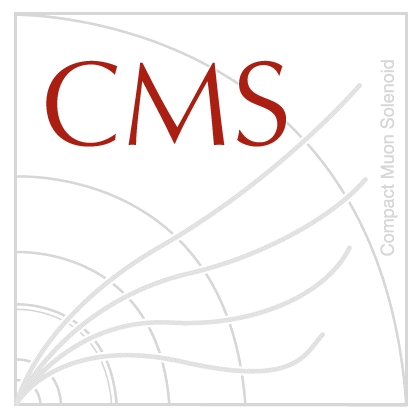The experiment
The CMS experiment is a multi-purpose detector to reconstruct events resulting from particle collisions on the whole.
Short living particles can be produced in this way and fundamental interactions between elementary particles can be investigated.
CMS is located around one of the four nominal collision points of LHC.
It is optimized for collisions of counterrotating protons every 25 ns.
But LHC allows also accelleration of lead ions. One of the other experiments is specialized in analizing lead ion events.
CERN user's pages
iCMS
INDICO (CERN): organizing meetings and conferences (CMS collaborators only)
CINCO: personal conference information (CMS collaborators only)
The Tracker
The silicon tracking detector of CMS (referred to as tracker) is intended to reconstruct trajectories of charged particles (referred to as tracks).
It is placed directly around the beam pipe, close to the collision point.
It needs to separate and identify several tracks every event, so high granularity and fast readout is necessary.
Furthermore, the tracker is important to find the position of the genesis of the particle.
The tracker is built of 16588 silicon semiconductor modules with readout electronics, mounted on support structures.
The necessary cabling and cooling parts of the modules are also within the tracker volume.
They are arranged in hermetic layers, with cylindrical symmetry.
It has a length of about 6 m and a radius of about 1.1 m.
The innermost layers consist of 1440 pixel modules with about 66 million readout channels.
The others are strip modules with about 10 million channels.
The modules show a induced charge measurement when traversed by a charged particle.
For this position measurement (referred to as hit), coordinates and corresponding errors are assigned.
Then, tracks are composed of several hits, matching dedicated conditions.
Alignment
The mounting precision of the silicon modules and the support structures is very good.
However, the uncertainties of the knowlegde of the alignment parameters (global positions and orientations of silicon modules) sums up to values inacceptable to reach the ambitious physics goals.
The excellent intrinsic resolution of the modules require a precision of less than 0.01 mm for optimal exploitation.
The alignment procedures try to assess the parameters with all information usable.
For many physics analyses, it is needful to know the precision of the achieved alignment parameters.
The error estimation of all subsequent steps depending on track reconstruction requires the precision of the track measurements.
In addition, the parametrization of the tracks itself change with the estimated precision of the single hit measurements.
Electroweak Physics
... will follow soon !?
